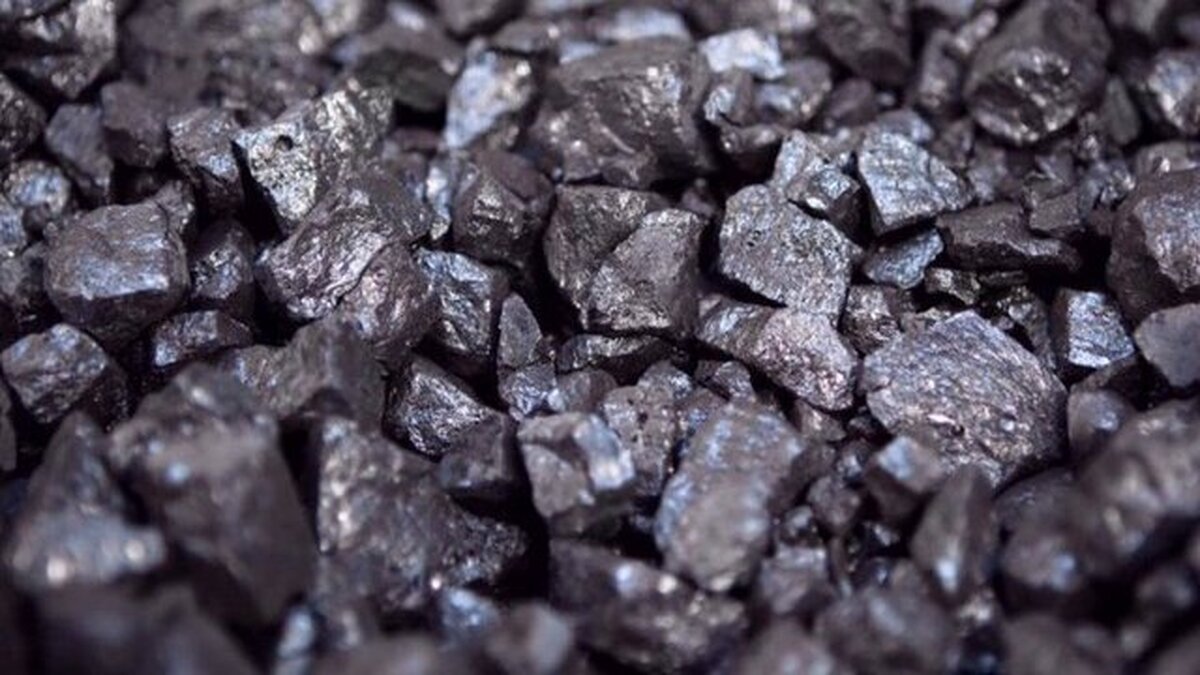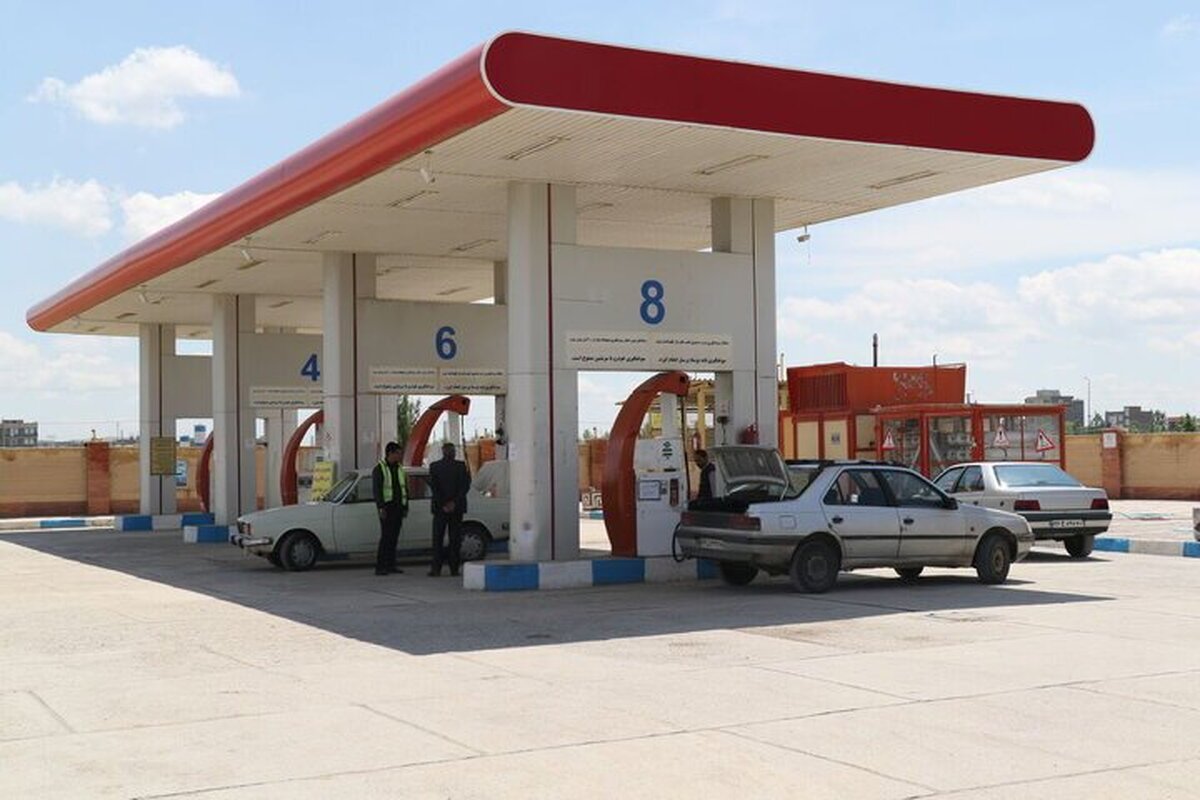
Gas Supply to Cement Plants Halted
EghtesadOnline: Following plans to sustain natural gas supply to households in the winter, the National Iranian Gas Company has cut gas delivery to cement factories, the head of Cement Employers Association said.
“Most manufacturers have started to tap into alternative fuel (mazut), so production level has not been negatively affected yet,” Abdolreza Sheikhan was also quoted as saying by ISNA on Friday.
“The National Iranian Oil Company has made a pledge to provide the 77 cement factories in the sector with as much liquefied fuel as they need. Mazut inventories in factories are full and there are no worries regarding the fuel for the next 20 days,” he added.
Sheikhan said prices will not rise as long as NIOC can keep its promise, otherwise demand will surpass supply and the consequences will be inevitable.
Referring to massive power outages in summer, the official warned that production will halt as soon as power cuts start.
According to Mostafa Alavi, the head of Isfahan Province Gas Company, cement factories in the region were among the first producers whose gas supply was cut, after consumption in the area soared beyond expectations.
“Daily gas demand in the region has exceeded a massive 76 million cubic meters, up 20% compared to last year,” he added.
Giving a breakdown on demand in the province, Alavi noted that of the total daily consumption, steel mills, thermal power plants and industries account for 12 mcm, 13 mcm and 6 mcm respectively.
“Households comprise 60% or 45 mcm of the demand and as long as the figure does not decline, gas delivery to other sectors will be curtailed,” he said.
According to the official, cement manufacturers should either lower production levels or tap into liquefied mazut.
Needless to say, most producers have chosen the latter option.
According to reports, the Oil Ministry compensates the cement producers’ financial loss through discounts in their mazut bills.
Advantages of cuts in gas delivery notwithstanding, the policy can exacerbate the air pollution crisis in and around mega cities as most cement factories continue production by using mazut, one of the most polluting feedstocks in the world.
Air Quality
Tehran is not the only Iranian metropolis grappling with bad air quality and experts say Isfahan is facing worse conditions.
The central city is in need of efforts for curbing air pollution.
Experts mostly blame the situation on mismanagement, lack of an integrated air pollution reduction scheme and smog-inducing dilapidated gas-guzzlers.
Isfahan Province is one of the main industrial hubs of Iran. For long, environmentalists have complained that factories in and around the province largely disregard environmental standards.
The Department of Environment, which monitors air quality in the province and the city, and delivers data based on the Air Quality Index, has recently issued a worrying report.
Air Quality Index in Isfahan on Friday hovered around 150.
Based on a number of polluting factors, the index categorizes conditions into good (0-50), moderate (51-100), unhealthy for sensitive groups (101-150), unhealthy (151-200), very unhealthy (201-300) and hazardous (301-500).
Located in arid regions of Iran's central plateau, the province receives below minimum precipitation.
Isfahan has been struggling with drought for many years, which has resulted in the drying up of the famous Zayandehroud river. This, in turn, has resulted in drought in the Gavkhouni Wetland, where Zayandehroud ends, and other environmental crises.
Suffocating Emissions
Arid lands are potential sources of sandstorms that emerge with the slightest wind and dim the sky, adding to the suffocating emissions released by vehicles and industrial units.
Poor air quality has long been a danger for most metropolises in Iran, causing at least 12,000 deaths per year, the Health Ministry reported.
Domestic gas consumption rises in the cold seasons when temperatures fall and subscribers turn on the heating devices running mostly on gas. Depending on the temperature, Iran’s consumption normally is between 650 mcm/d and 750 mcm/d in winter.
Gas consumption has jumped to new highs and reached 650 mcm/d, following the unprecedented cold wave in most parts of the country.
Iran offers natural gas to households and businesses at highly subsidized rates, which experts blame for the illogically high level of gas consumption in the country.
NIGC has the capacity to pump nearly 1 billion cubic meters of gas per day to the national network.
The government has devised plans to ensure power plants in Iran have access to adequate supplies of mazut over the winter to prevent any electricity outage in the country.
At least seven power stations (Tous and Mashhad in Khorasan Razavi, Neka in Mazandaran, Shahid Rajaee in Qazvin, Sahand and Tabriz in West Azarbaijan and Bandar Abbas in Hormozgan Province) will have to start using eco-unfriendly mazut to generate power in the near future.




